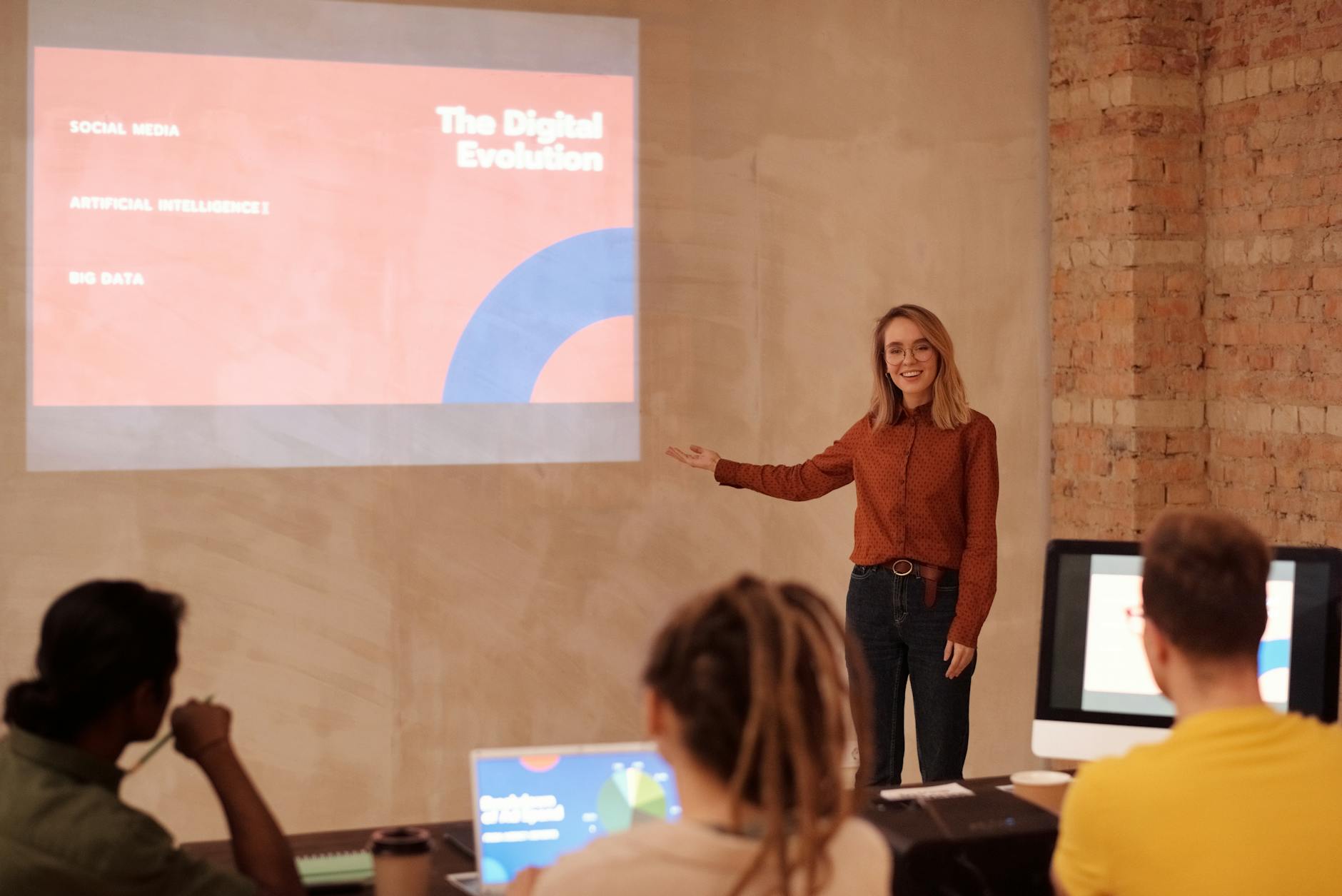Generative AI in Textbooks: Is ‘Personalization’ Just a Sophisticated Guessing Game?

Introduction: For decades, educational technology has promised to revolutionize learning, often delivering more sizzle than steak. Now, with generative AI integrated into foundational tools like textbooks, the claims of “personalized” and “multimodal” learning are back, louder than ever. But before we hail the next paradigm shift, it’s crucial we scrutinize whether this is a genuine leap forward or merely a highly advanced, proprietary repackaging of familiar aspirations.
Key Points
- The integration of “pedagogy-infused” Generative AI models into core learning materials represents a significant, if unproven, step towards automated content generation and adaptation.
- This approach aims to shift the locus of pedagogical decision-making, from human educators to proprietary algorithms, with profound implications for curriculum control and teacher agency.
- A critical challenge lies in the definition and true deliverability of “personalization” at scale, risking a superficial adaptation that prioritizes algorithmic efficiency over deep, nuanced student understanding.
In-Depth Analysis
The premise of “Learn Your Way” — leveraging generative AI for multimodal content and personalization — sounds compelling on paper. The reliance on dual coding theory, suggesting varied representations strengthen understanding, is a well-established educational principle. What’s new here isn’t the theory itself, but the claim that Generative AI can automate the creation and dynamic delivery of these varied formats, from text to quizzes, on the fly. This moves beyond traditional static textbooks and even previous generations of adaptive learning software, which often relied on pre-authored content trees.
The core technical claim rests on “LearnLM,” described as a “pedagogy-infused family of models” integrated into Gemini 2.5 Pro. Let’s be clear: “Pedagogy-infused” is a marketing term that demands rigorous scrutiny. Does it imply true understanding of educational psychology, or merely the encoding of specific instructional design patterns into large language models? The black-box nature of these proprietary models makes it incredibly difficult to assess the quality, fairness, or even the underlying pedagogical philosophy driving their output. Are we truly getting evidence-based instruction, or is it an algorithmic approximation of what looks effective based on massive datasets, potentially perpetuating biases inherent in that data?
Furthermore, the “personalization pipeline” that adapts content based on “student attributes” and “real-time responses” is where the rubber meets the road. Past iterations of adaptive learning have struggled to move beyond basic difficulty adjustments or content branching. True personalization would require an incredibly deep understanding of a student’s cognitive style, prior knowledge, emotional state, and even cultural background — a monumental task for any algorithm. Is this AI merely detecting correct answers and adjusting the next question, or is it truly understanding the why behind a student’s struggle or success? The danger here is that “personalization” becomes a sophisticated guessing game, optimizing for engagement or quick progress metrics rather than fostering deep, transferable learning. The “agency to choose” formats, while positive on the surface, might also inadvertently offload the responsibility of pedagogical expertise from the system to a student who may not yet know what best serves their learning.
Contrasting Viewpoint
While the promise of hyper-personalized, multimodal learning sounds utopian, a healthy dose of skepticism is warranted. The elephant in the room is cost and scalability. Deploying sophisticated AI models for every student, generating bespoke content, and dynamically adapting to individual responses will be resource-intensive, both in terms of computational power and the backend infrastructure. Can financially strained K-12 systems truly afford this at scale, or will this become yet another technology that exacerbates the digital divide, benefiting only the most privileged institutions? Moreover, what about the human element? If AI models are effectively “infusing pedagogy” and handling content generation, quizzing, and adaptation, what becomes the role of the human teacher? Does it empower them with more time for individualized instruction, or does it slowly deskill them, turning them into mere facilitators of an algorithmic curriculum? There are also profound ethical considerations around data privacy. What “student attributes” are being collected? How is this highly sensitive data stored, secured, and used? The claim of enhancing “relatability and effectiveness” needs to be backed by robust, independent educational research, not just by the internal metrics of a tech giant. Without transparent efficacy studies on actual learning outcomes, this could easily become an expensive, shiny object rather than a transformative educational tool.
Future Outlook
In the next 1-2 years, we’re likely to see pilot programs emerge, predominantly in well-resourced districts or private institutions keen to experiment. Early results will focus on engagement metrics — time spent, number of formats explored, perhaps quiz scores — rather than deep, long-term learning gains or critical thinking development. The biggest hurdles will be proving genuine pedagogical efficacy beyond novelty, managing the exorbitant costs of real-time AI content generation, and navigating the labyrinth of data privacy regulations and ethical concerns. Widespread adoption will hinge on robust, independently verifiable evidence that this technology truly improves educational outcomes in diverse settings, rather than simply making existing content more interactive. Without addressing these fundamental challenges, “Learn Your Way” risks becoming another captivating chapter in the long, often disappointing, story of technology promising to single-handedly fix education.
For a deeper look into the long history of tech’s promises in the classroom, see our analysis on [[The Perennial Promise of EdTech]].
Further Reading
Original Source: Learn Your Way: Reimagining Textbooks with Generative AI (Hacker News (AI Search))